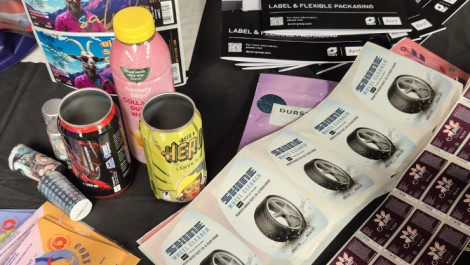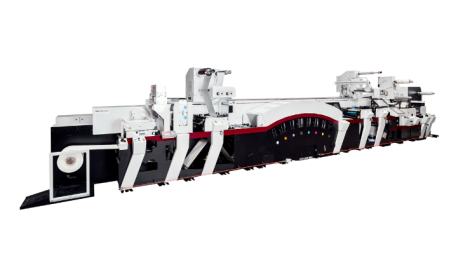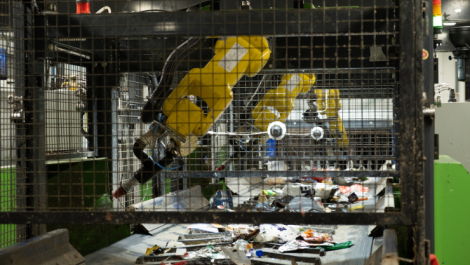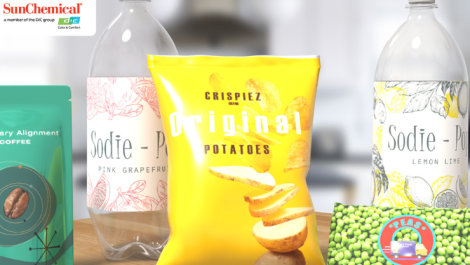The more differentiated, relevant and customised life sciences products and treatments become, the greater the likelihood of efficacy and increased patient safety, argues David Bennett, chief commercial officer at UK-based enterprise labelling specialist Kallik.
‘The expanding market for increased personalisation of medical treatment plans, devices and medicines is clear, and promises to improve the efficacy and safety of life sciences products and services for patients, while creating greater commercial opportunity for the sector.
‘The challenge is that this places a growing burden on manufacturers and supply chains to manage multiplying SKUs, as the number of variants of each product increases. Batches have to get smaller, and the number of packaging and labelling variants also rise to meet the new demands.
‘Managing this logistical complexity reliably, efficiently and consistently across markets and for all target user groups, is a stiff test of many teams’ current capabilities. It’s a key issue for packaging and labelling management in particular, increasing the urgency for manufacturers and marketing authorisation holders to control this area effectively.
‘The products themselves may not actually be markedly different; the differentiating factor is more likely to be the way the product is being positioned, the dosage applied and the instructions given, all of which directly affects the ultimate ability to manage all your packaging and labelling variants reliably and efficiently, end-to-end.’
Patient safety
Mr Bennett continues, ‘Whether it’s making a child’s inhaler more child-friendly, or making individualised treatments more distinctive and less confusing to vulnerable patients with complex conditions, personalised packaging has a very important role to play in increasing patient safety. Indeed, it is as potentially transformational as personalised treatment itself.
‘Managing packaging and labelling is, however, already a significant challenge in life sciences due to the large number of regulated elements that must be included with products. These elements are subject to frequent change as substances, manufacturing processes, naming conventions, or compliance requirements need to be regularly updated.
‘And as batches of identical products become smaller, to be replaced by more variants of products – and their associated packaging, labelling and instructions-for-use contents in parallel – the workloads for teams involved in label design, approval, distribution, and ongoing change management, increases and becomes more demanding.
‘Analysis from McKinsey has highlighted the challenges life sciences companies face compared to other industries such as tech or fast-moving consumer goods on this front. When it comes to maintaining optimum stock levels, minimising lead times and exposure to product obsolescence, pharmaceutical and medical device companies perform poorly and inefficiently compared to most other industries, it reports, with pharma firms ending up with four to six times the inventory days of their FMCG equivalents, six times the risk of obsolescence — and up to 40 times manufacturing lead times.
‘Much of this supply chain inefficiency is down to the highly fragmentary and labour-intensive way that manufacturers and supply chains manage artwork and labelling. But quite apart from the inefficiencies McKinsey outlined, it’s unsustainable in a future likely to feature multiplying product variants and increasingly smaller batches.
‘The key to success, reliability and efficiency across all global labelling management, as more personalised packaging and labelling needs arise is to adopt a unified, coordinated approach to artwork and labelling creation as well as change handling through the product lifecycle. What we need is a prerequisite for personalised packaging: agility.’
A unified, coordinated approach
‘The good news is that there are some robust software capabilities out there eminently up to the job of delivering that agility. A fit-for-purpose, cloud-based labelling platform is adept at managing and tracking the dynamic assembly, review, and workflow of every labelling element (text, icons, artwork) across the supply chain.
‘To be of value, any platform should support programmable rules and feature an intelligent engine able to support the automated assembly of correct packaging and labelling management, based on a bill of materials approach to content creation.
‘The new integrated labelling technology platform would ensure the right combinations of approved labelling modules can be brought together quickly and confidently to fit each given need. And of course, that needs to be for any product, for any target customer group in any market, or even for a specific individual, and with full visibility and traceability.’
He concludes, ‘Life sciences firms cannot afford to continue with the fragmented and highly manual ways of managing packaging and labelling that are still routine today. If increased globalisation and accelerating regulatory updates have not served as a sufficient incentive for change already, the mounting personalisation trend will necessitate that change once and for all.’
Read more about personalisation in the next issue of Digital Labels & Packaging; register here to receive it






